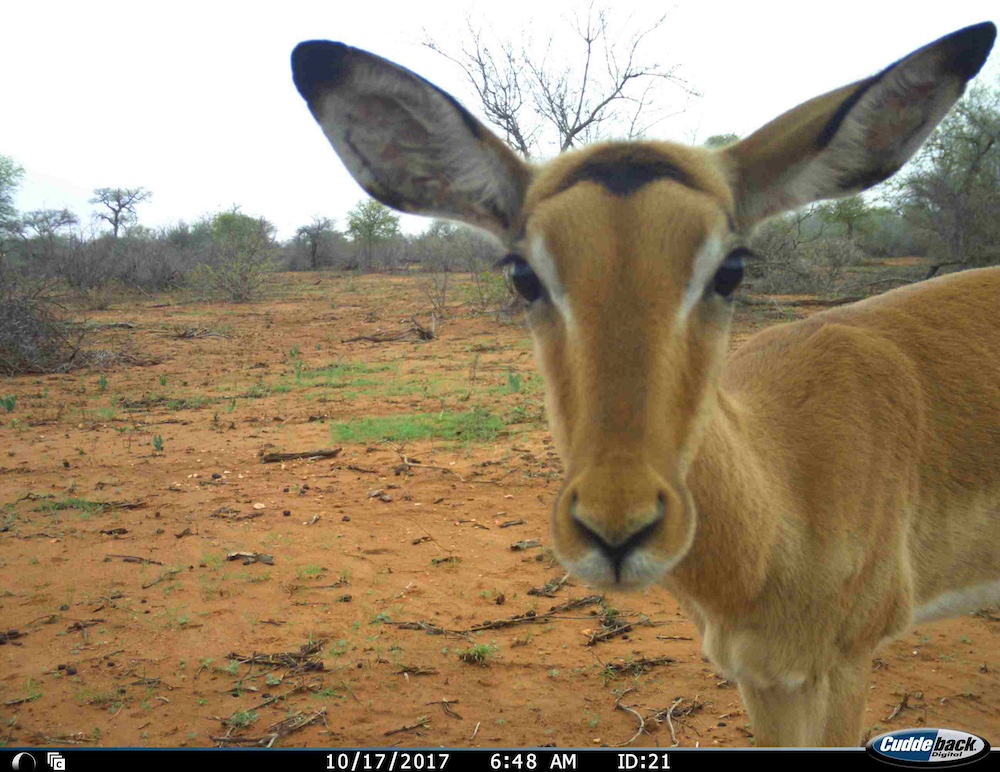Climate change looms over the planet, causing unprecedented extinction rates and degradation. This is especially true for large mammals who have been pushed into ever smaller areas because of human expansion and are becoming less compatible with their environments as the planet warms. Some large African mammals are shifting northward or moving up mountains while trying to stay within their own evolutionary ranges.
Conservationists are working to help these mammals survive and thrive, but in order to assess the efficacy of their efforts, they need the kind of big picture data that comes from large-scale monitoring programs, which can provide insights in population trends over vast distances and help identify factors associated with altering population dynamics. This kind of monitoring can also detect the increase of potentially invasive species and track the trends of common species which, in some regions, are declining even more rapidly than rare species.
Most places don’t have baseline data that can be used for comparisons as Earth warms and wild populations are increasingly stressed by environmental conditions caused by humans. Gathering this kind of data requires standardized, reliable, and effective technical infrastructure and hours of labor from a dedicated workforce, which is the idea behind Snapshot Safari, created by Sarah Huebner, a researcher at the University of Minnesota Lion Center.
“We're trying to build a new model of collaboration and inclusion in which ecologists, wildlife managers, citizen scientists, data scientists, local community members, and other conservationists work together to conserve and restore African mammals,” said Huebner.
